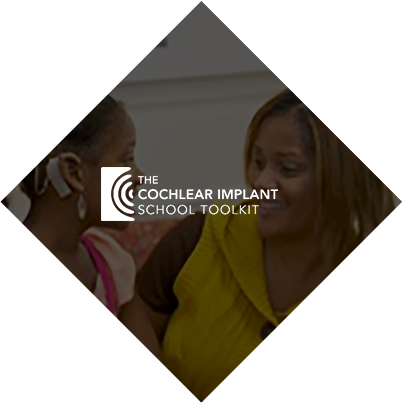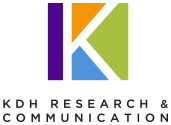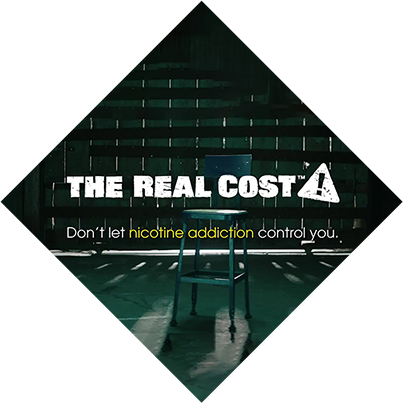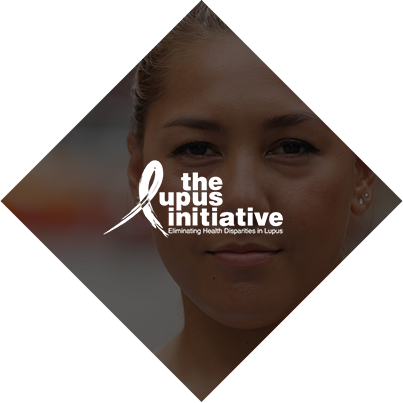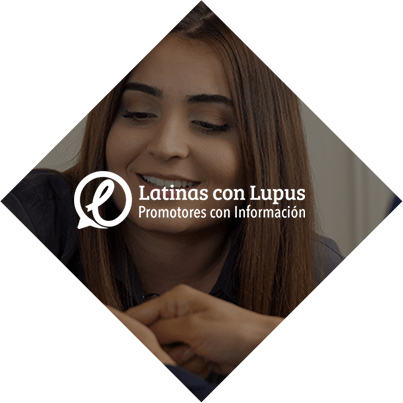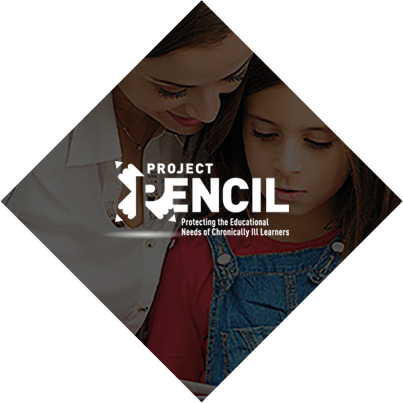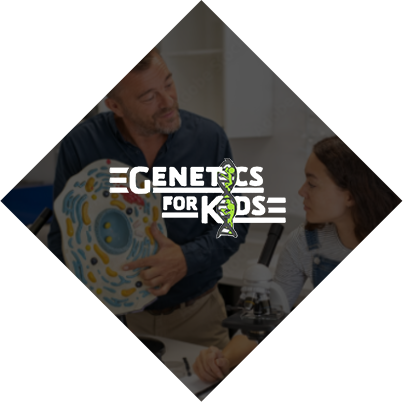Work worth bragging about.
KDHRC is part of the team behind FDA’s award-winning youth tobacco prevention campaign, coordinating formative research, focus groups, and much more.
We created tailored evaluations for a series of lupus awareness strategies for the American College of Rheumatology.
KDHRC designed a bilingual, culturally-tailored, online professional development course for promotores about lupus.
Learn more about our video- and discussion-based vaping prevention toolkit for community-based youth organizations and schools.
Many communities and populations share the same challenges. Our proven training, toolkits, and curricula are a great way to quickly maximize impact. View our ready-mades below, or contact us to discuss what we can create for you.
Learn more about our video- and discussion-based vaping prevention toolkit for community-based youth organizations and schools.
Proper Use of Prescription Drugs (POP-D) is a science education curriculum to prevent adolescent prescription drug abuse by teaching about prescription drugs and how these powerful drugs change brain chemistry.
Project PENCIL aims to provide easy-to-follow information for parents and teachers to help children with chronic illnesses succeed academically and socially.
Genetics for Kids (GK) is a curriculum supplement designed to increase seventh and eighth grade students’ positive attitudes toward genetics and build science literacy.
